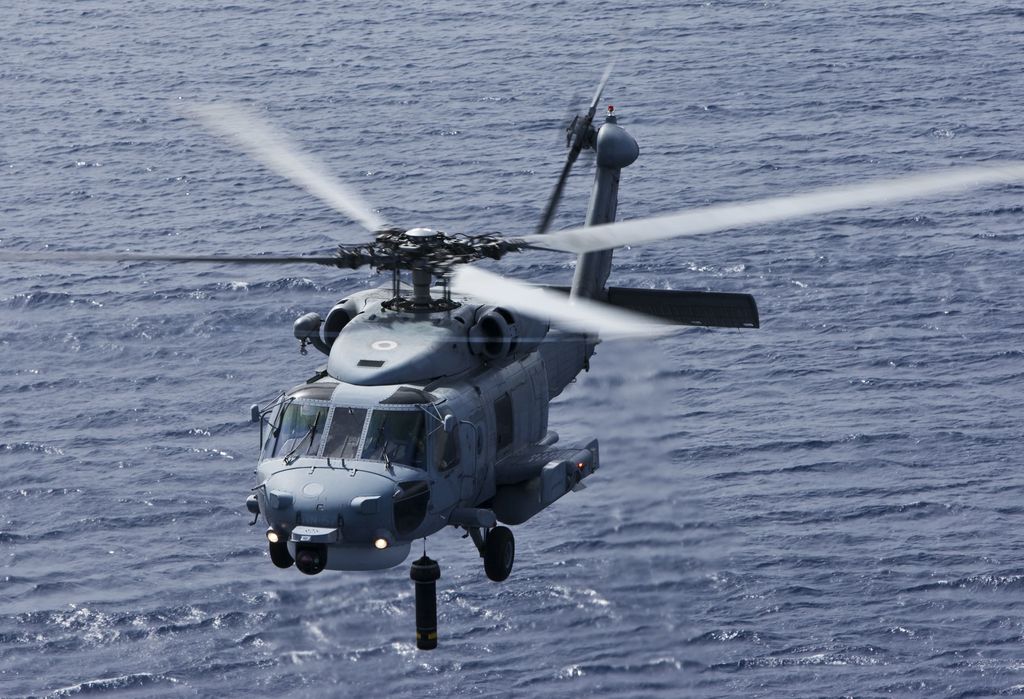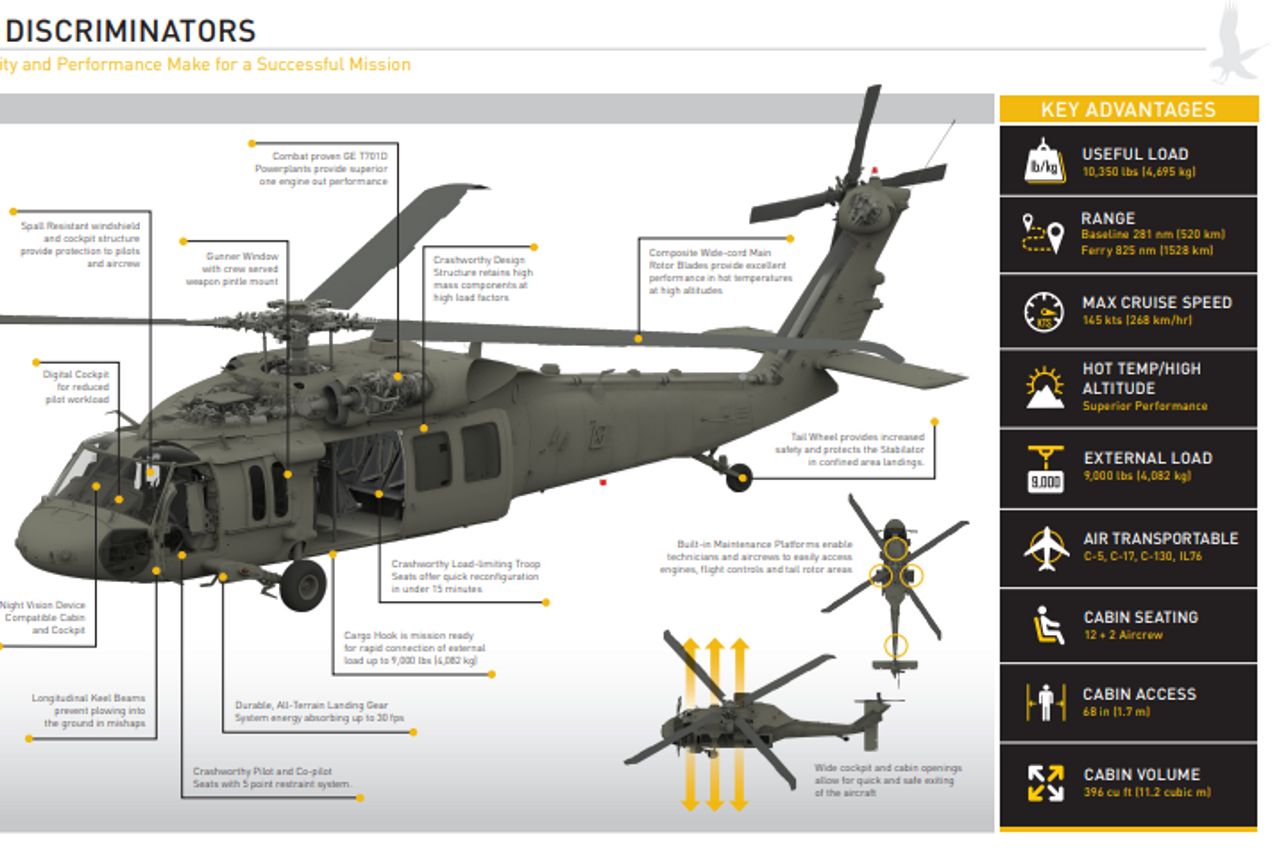Sikorsky S 70: Reinventing Tactical Procedures with Cutting-Edge Modern Technology
Sikorsky S 70: Reinventing Tactical Procedures with Cutting-Edge Modern Technology
Blog Article
Rotary-Wing Airplane Offering Superior Toughness and Precision Design
In the realm of aeronautics, rotary-wing airplane have actually long been acknowledged for their unique capacities in different functional environments. From military goals to noncombatant applications, the advancement of rotary-wing modern technology has led the way for makers that supply unmatched durability and accuracy engineering. Through improvements in materials and building methods, coupled with advanced flight control systems, these aircraft have ended up being crucial tools for tasks that demand both toughness and precision. As we explore the elaborate balance between technology and integrity in rotary-wing aircraft, it comes to be apparent that the convergence of sophisticated modern technology and proven design principles has established a brand-new criterion for efficiency and efficiency in the aerospace sector.
Evolution of Rotary-Wing Modern Technology
Throughout the history of air travel, the evolution of rotary-wing modern technology has been a testament to continuous technology and development in aerial design. From the early days of upright trip with simple designs to the innovative helicopters and other rotary-wing aircraft of today, the progress in this field has been remarkable.
In the early 1900s, leaders like Igor Sikorsky and Juan de la Cierva made considerable strides in rotary-wing modern technology. Sikorsky's VS-300 helicopter, initial flown in 1939, marked a zero hour in the advancement of useful rotary-wing airplane. This success paved the method for more developments in vertical trip capabilities.

Today, rotary-wing airplane play vital duties in numerous industries, consisting of army procedures, emergency situation medical solutions, police, and industrial transportation. The advancement of rotary-wing modern technology proceeds to press the boundaries of what is possible in upright flight, guaranteeing that these aircraft stay important properties in the air travel sector.
Materials and Building Innovations
Demonstrating a combination of cutting-edge materials and specific construction methods, rotary-wing airplane have gone through significant developments in resilience and efficiency. Among the key advancements in products used for rotary-wing aircraft is the raising utilization of composite materials. These materials, such as carbon fiber strengthened polymers, use a high strength-to-weight proportion, enhancing both the structural stability and general efficiency of the airplane. In addition, advancements in producing processes have enabled even more accurate and complex building of rotary-wing parts, adding to boosted aerodynamics and efficiency.
Furthermore, the assimilation of sophisticated coverings and surface treatments has played a vital function in boosting the toughness of rotary-wing airplane. These coverings give protection versus rust, abrasion, and extreme climate condition, prolonging the lifespan of the airplane and decreasing upkeep demands.
In terms of construction innovations, additive production, also recognized as 3D printing, has actually revolutionized the manufacturing of complicated parts for rotary-wing aircraft. This modern technology enables rapid prototyping and modification, resulting in much faster advancement cycles and lowered expenses. Overall, the constant advancement of materials and building strategies is driving the abilities and efficiency of rotary-wing aircraft to new elevations.
Precision Flight Control Equipment

The combination of GPS technology additionally enhances the precision and reliability of these systems, permitting for exact navigation, waypoint tracking, and automated trip control. sikorsky s 70. This level of accuracy not only improves the safety of rotary-wing procedures but likewise boosts general functional efficiency and objective effectiveness
Additionally, the continuous advancements in artificial intelligence and artificial intelligence have actually facilitated the advancement of independent trip capabilities within Precision Trip Control Equipment. This enables rotary-wing aircraft to do intricate missions with unequaled precision and uniformity, making them essential possessions in a wide range of applications, including armed forces procedures, search and rescue goals, and airborne digital photography.
Durability in Challenging Atmospheres
In requiring functional setups, rotary-wing airplane show phenomenal resilience and robustness, guaranteeing optimal efficiency under difficult environmental problems. These aircraft are created to withstand a large range of environmental factors, consisting of severe temperatures, high winds, and harsh terrain, making them appropriate for different goals in diverse landscapes.
One key factor adding to the longevity of rotary-wing aircraft is their tough building and construction. These aircraft are constructed utilizing top notch materials and progressed design strategies to improve their structural integrity and integrity. In addition, components such as rotor blades, engine systems, and landing equipment are diligently developed to endure the stress and tensions come across during procedures in tough atmospheres.
Furthermore, rotary-wing airplane are furnished with advanced onboard systems that check performance metrics in real-time, permitting proactive maintenance and early detection of prospective issues - sikorsky s 70. This positive technique helps protect against unanticipated failures and ensures the continued airworthiness of the airplane sought after functional settings. Overall, the go to the website longevity of rotary-wing airplane in challenging atmospheres is a testament to their premium design and layout, making them crucial properties for various mission-critical operations
Maintenance and Dependability Standards
The adherence to strict maintenance and integrity requirements is vital in guaranteeing the ideal efficiency and safety of rotary-wing airplane. Regular upkeep checks, conducted by licensed professionals, are necessary to recognize and resolve any type of possible concerns before they jeopardize the airplane's capability. These checks encompass an extensive assessment of all vital parts, consisting of the engine, blades system, avionics, and hydraulic systems, to assure that they remain in prime functioning problem.
Moreover, adherence to scheduled maintenance periods in conformity with manufacturer you could try here guidelines is crucial for upholding the aircraft's reliability. This aggressive strategy aids protect against unanticipated failures and makes certain that the airplane stays airworthy for its designated missions. Additionally, the implementation of robust reliability requirements, such as regular element testing and replacement based on established lifecycles, additionally boosts the airplane's reliability.
Conclusion

In verdict, the innovations in rotary-wing aircraft innovation have actually caused remarkable sturdiness and precision design. With innovative materials and construction strategies, together with precision trip control systems, these aircraft can run in difficult settings with boosted reliability. The upkeep and reliability criteria make sure that these rotary-wing airplane proceed to perform at their finest, making them vital properties for different sectors.
Demonstrating a blend of advanced products and precise building and construction techniques, rotary-wing airplane have actually undergone considerable advancements in toughness and efficiency. One of the essential advancements in products used for rotary-wing aircraft is the raising utilization of composite materials.With careful focus to detail and advanced technological combination, rotary-wing airplane have actually embraced Precision Flight Control Solution as a foundation of their functional quality. Generally, the durability of rotary-wing aircraft in difficult atmospheres is a testimony to their remarkable design and layout, making them indispensable assets for various mission-critical operations.
In conclusion, the developments in rotary-wing aircraft technology have led to superior sturdiness and precision engineering.
Report this page